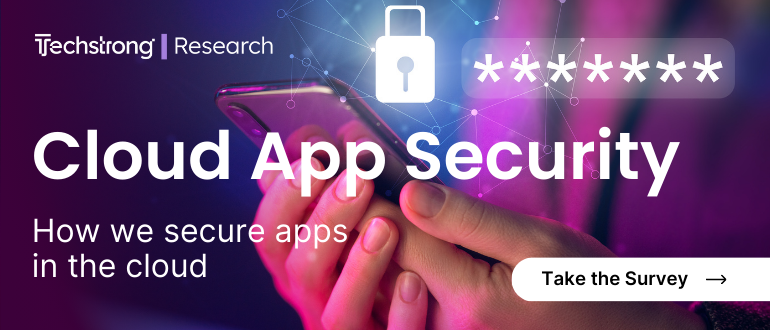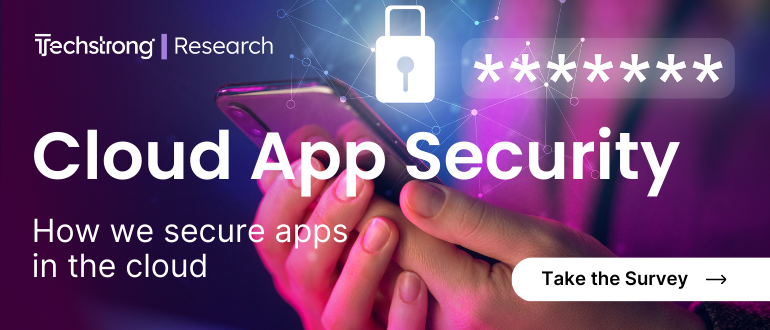
2024-6-14 21:27:34 Author: securityboulevard.com(查看原文) 阅读量:3 收藏
Cybersecurity threats are on the rise, and as organizations increasingly rely on third-party vendors to support their operations, it’s crucial to ensure that these partners uphold high-security standards. A third-party security assessment is vital in understanding and mitigating the risk posed by engaging new vendors and fostering collaborative relationships with third parties. Are you prepared to tackle securing your supply chain and protecting sensitive data?
Key Points
- Understand and conduct regular third-party security assessments to identify risks.
- Utilise short and effective questionnaires, monitoring, and penetration testing for effective risk mitigation.
- Document findings & collaborate with vendors on improvement plans to strengthen security posture.
Understanding Third-Party Security Assessments
A third-party security assessment is a rigorous evaluation of a vendor’s security practices to ensure they align with your organization’s minimum security requirements. These assessments are essential in preventing security breaches and can help avoid potential legal and regulatory repercussions. With 63% of data breaches linked to third-party access, these assessments are crucial for understanding your supply chain, uncovering hidden risks, informing decision-making during crises, and mitigating risks throughout vendor relationships.
The Importance of Security Assessments
In today’s interconnected business landscape, a comprehensive analysis of vendor security is paramount. It is essential to scrutinize the vendor’s security controls as part of the security assessment process. These assessments are multifaceted, often including:
- Specialized security questionnaires
- Real-time risk intelligence feeds
- Penetration tests
- Vulnerability scans
- Certification reviews
- Detailed internal policy examinations
By identifying and interpreting risks, organizations can proactively strengthen their cyber resilience and address security vulnerabilities before they’re exploited.
Initiating the Assessment Process
- Identify Key Stakeholders: Engage representatives from information security, accounts payable, compliance, legal, finance, and internal assessment teams. This collaborative approach ensures transparency and diverse perspectives.
- Define Assessment Goals: Articulate objectives that align with strategic business goals and regulatory requirements. These goals will guide the assessment process and ensure relevant focus areas. Additionally, configure customized alerts for incidents involving third-party partners to equip the security team with actionable insights for immediate response and long-term planning.
- Construct a Detailed Timeline: Establish a clear timeline with milestones and deadlines for each assessment stage. This promotes accountability, transparency, and timely progress monitoring.
Essential Components of Security Assessments
- Security Questionnaires: Utilize standardized questionnaires like the Consensus Assessments Initiative Questionnaire (CAIQ) to gain insights into a vendor’s security posture. Enhance efficiency by building a response library and considering certifications like SOC 2 or ISO 27001. It is crucial to have a standardized process for evaluating third-party relationships based on their criticality and access to sensitive data.
- Continuous Monitoring: Employ tools like Nagios, Jit, Syxsense, Splunk, or Lightrun to actively monitor for emerging risks and validate questionnaire responses in real-time.
- Penetration Tests & Security Assessments: Conduct thorough penetration tests using open-source and commercial tools to identify and safely exploit vendor systems vulnerabilities.
Analyzing Assessment Data
- Risk Identification & Prioritization: Collaborate with stakeholders to identify risks and prioritize remediation based on severity and potential impact.
- Documentation & Reporting: Compile findings clearly and concisely, catering to both technical and non-technical audiences. This ensures transparency and fosters trust with vendors.
Organizations can proactively manage risks by consistently performing comprehensive third-party security assessments, fortifying their supply chains, and protecting sensitive data and reputation.
Engaging with Third-Party Vendors Post-Assessment
After completing a security assessment, active engagement with third-party vendors is crucial to share findings, address identified risks, and establish a foundation for long-term security partnerships.
Conducting thorough third-party risk assessments is essential to identify and mitigate various risks such as cybersecurity threats, data privacy concerns, compliance issues, operational risks, as well as environmental, social, and governance (ESG) risks, financial risks, and reputational risks.
Communicating Results and Recommendations
Transparent and timely communication fosters trust. Share assessment results and recommendations with vendors openly, adhering to industry guidelines like those provided by the Cloud Security Alliance. Articulate findings, prioritize risks and jointly develop actionable remediation plans.
Collaborating on Remediation Plans
Work closely with vendors to implement remediation plans that address identified vulnerabilities. A collaborative approach ensures both parties understand the risks and take ownership of mitigating them. This may involve providing guidance, resources, or technical assistance to vendors.
Verifying and Documenting Compliance
To maintain compliance with security standards and regulations, establish formal verification processes. This includes:
- Obtaining Attestations: Request formal attestations from third parties to confirm the accuracy of assessment data and provide legal protection for both organizations.
- Internal Acknowledgement Procedures: Ensure internal stakeholders understand and acknowledge the assessment results, fostering a security awareness and responsibility culture.
Ongoing Third Party Risk Management and Reassessment
Third-party risk management is not a one-time event. It requires continuous vigilance and adaptation:
- Maintain a Risk Register: Centralize information about identified risks, their severity, and mitigation strategies. Regularly review and update this register to reflect changes in the threat landscape or the vendor’s security posture. Identifying, mitigating, and managing third-party risks throughout the vendor relationship lifecycle is crucial.
- Establish Reassessment Schedules: Determine the frequency of reassessments based on risk levels, compliance requirements, and contractual obligations. Regular reassessments ensure that vendors maintain adequate security measures and allow you to address emerging threats proactively.
Summary
Practical third-party security assessment goes beyond initial evaluation. Cyphere’s experience showed that this involves active collaboration with vendors to remediate vulnerabilities, verify compliance, and foster ongoing risk management. Organizations can build stronger security partnerships and proactively protect their valuable assets and sensitive data by prioritizing transparency, communication, and continuous improvement.
Frequently Asked Questions
What is a third-party information security assessment?
A third-party security assessment is an in-depth evaluation of each third-party vendor relationship a business has established to identify possible security risks and mitigate measures. TPSAs also involve a comprehensive cyber risk analysis associated with third-party vendors, suppliers, and service providers to ensure they meet minimum security standards.
What is 3rd party security audit?
A third-party security audit thoroughly assesses all code, documentation, and processes related to a software system conducted by an independent security firm. This audit is meant to uncover potential security risks the developer can address. Additionally, a third-party risk assessment looks to identify security risks associated with external vendors and how these pitfalls can be mitigated.
Why is continuous monitoring critical in security assessments?
Continuous monitoring is critical in security assessments, enabling organizations to detect emerging threats and validate responses in real time, allowing them to stay resilient against cyber threats.
How can organizations collaborate on remediation plans with third-party vendors?
Organizations can collaborate on remediation plans by communicating assessment results and recommendations, working together on improvement plans, and addressing identified risks jointly.
What is the purpose of obtaining attestations from third parties?
Obtaining attestations from third parties is essential to verify data accuracy and ensure compliance with industry standards and regulatory requirements, providing legal protection.
如有侵权请联系:admin#unsafe.sh

